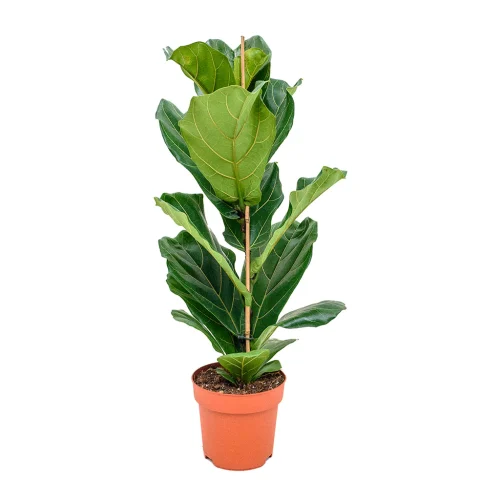
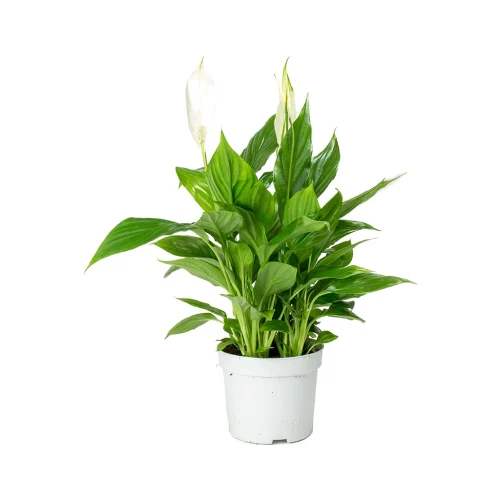
Zamioculcas zamiifolia Zenzi – Zenzi ZZ Plant
2,750.00 LKR Original price was: 2,750.00 LKR.1,950.00 LKRCurrent price is: 1,950.00 LKR.
product Details
- Common Name: ZZ Plant
- Latin Name: Zamioculcas zamiifolia Zenzi
- Height – 15cm – 24cm (This plant size is between mention size)
- Note – Plant may not look like on the pitcher but will make sure you will have good quality plant. ( You can request for your ordered plant pitcher before deliver)
- What Include – Plant ( 4- 6 Stems) & Soil with Plastic pot
- Delivery – Plant only Deliver on within Colombo & Suburb (we don’t deliver the plant by courier, we will deliver i n person with our delivery team)
- Plant Advice: Except for complete darkness and full sun,Zenzi will
- Characteristics: The ZZ , more commonly known as the Zenzi ZZ Plant, is a indoor plant that beginners will be able to take care of with no trouble at all. The dark green leaves have a strong tinge of black to them, which usually means that a plant will be harder to care for. The upright foliage will show up very well when potted, with its distinct colour standing out from the rest due to its stark palette.
- appreciate almost any light conditions – its not a fussy plant. You should let the plant dry out between waterings, perhaps only carrying the process out once or twice a month – again, it won’t mind if you forget to do so.
ZZ Plant
The Plant is a relatively new kid on the block. It is a dwarf cultivar of the zenzi Plant with a thick, compact habit and very dark green leaves.This fascinating, uber-modern houseplant is absolutely perfect as a desk plant, guaranteed to lighten the mood, no matter how dark the office !Please note: these plants like to be pot bound and the grow pots can often be distorted into an oval shape.
A wild new contender against the old favourite zamifolia, this is a much stockier and denser cultivar. It grows lower to the ground with smaller spaces between the leaves, but has many of the same characteristics.
It is happiest kept in high light conditions with minimal watering. It also enjoys being pot bound, so there is no need to re-pot until it has actually broken out of the pot it is in.
Be careful when moving it around, as the base of the leaves (that look like stems) can easily be snapped at the base. This can be exacerbated by overwatering, which softens the leaves and can lead to rotting.
Zenzi ZZ Plant Care
ZZ plants are known for being a low-maintenance, easy-to-care-for houseplants that even gardeners with the blackest of thumbs can keep alive with minimum care. All they need to thrive is adequate light and a good watering every couple of weeks. However, don’t worry too much about forgetting to water your zz plant—these plants grow from rhizomes, which help them to store water under the soil, making them a drought-tolerant plant. Though it thrives outdoors in Africa, it’s best grown indoors elsewhere. If you want to grow it outside, plant it in a container that can be brought indoors when the temperatures cool.
ZZ plant have naturally shiny leaves that can begin to look dull over time as dust accumulates. Never clean the leaves of a Zanzibar gem with a commercial leaf shine as it will clog the pores of the plant. Instead, gently wipe away dust and debris with a damp washcloth to restore its shine.
Light
ZZ plants are tolerant of a wide range of lighting conditions, which makes them well-suited to indoor growing. The plants grow well in low light conditions but prefer bright, indirect light. The plants can quickly become leggy when not given enough light, however. Avoid direct sunlight, as this can scorch the leaves of a your plants.
Soil
ZZ plants are not overly picky about their potting medium as long as it is well-draining. Most standard potting mixes should be sufficient for your plant. If additional drainage is required, mixing in perlite or sand will help.
Water
Thanks to their thick rhizomes, these plants are extremely drought-tolerant and can handle infrequent watering. ZZ plants should generally be watered once the soil dries out completely—usually once every two weeks, depending on their growing conditions. It’s better to water your plant less than giving it too much water. When watering, give it enough so that the moisture runs out of the bottom of the pot and throw out the excess water.
Temperature and Humidity
Average household temperatures and humidity are fine for Zanzibar gems. ZZ plants do not tolerate cold temperatures well (no lower than 45 degrees Fahrenheit), so avoid placing your plant in a location close to drafts or particularly cold areas of your home. ZZ plants don’t require humid conditions, but if your home runs on the dry side, consider increasing the humidity around your plant by purchasing a humidifier or placing it on top of a water tray.
Fertilizer
ZZ plants generally do not require regular fertilizing to thrive. However, if you’re hoping to increase your plant’s size or vigor, fertilize your plant with indoor plant fertilizer diluted to half-strength one to two times during its active growing season.
| Weight | 1 kg |
|---|---|
| Dimensions | 30 × 30 × 30 cm |


MAECENAS IACULIS
Vestibulum curae torquent diam diam commodo parturient penatibus nunc dui adipiscing convallis bulum parturient suspendisse parturient a.Parturient in parturient scelerisque nibh lectus quam a natoque adipiscing a vestibulum hendrerit et pharetra fames nunc natoque dui.
ADIPISCING CONVALLIS BULUM
- Vestibulum penatibus nunc dui adipiscing convallis bulum parturient suspendisse.
- Abitur parturient praesent lectus quam a natoque adipiscing a vestibulum hendre.
- Diam parturient dictumst parturient scelerisque nibh lectus.
Scelerisque adipiscing bibendum sem vestibulum et in a a a purus lectus faucibus lobortis tincidunt purus lectus nisl class eros.Condimentum a et ullamcorper dictumst mus et tristique elementum nam inceptos hac parturient scelerisque vestibulum amet elit ut volutpat.
Related products
2 Piece Kandyan Round Plant Stand
2 Piece Retro Round Plant Stand
2 Tier Modern Bloom Plant Stand
- Type: Metal Plant Stand
- Material: Base – Metal
- Colour: Gold,Black,Pink,White,Blue
- Number of Items Included:1
- Outdoor Use: No
- Care Instructions: Wipe with dry cloth
- Assembly Required: No
- Model number – gold- PS100 / Black- ps101 / blue - ps102 / pink - ps 103 / white- ps106
- Size – 9''x 30''
Ficus Alii Plant – Ficus Maclellandii
- Common Name - Ficus Alii
- Height: 24'' - 36 (This plant size is between mention size)
- Note : Plant may not look like on the picture but will make sure you will have good quality plant. ( You can request for your ordered plant pitcher before deliver)
- What Include : Plant & Soil with Plastic pot
- Delivery : Plant only Deliver on within Colombo & Suburb (we don't deliver the plant by courier, we will deliver i n person with our delivery team)
- Origin: Hybrid
- Light: Give Ficus binnendiijkii bright light year-round. It's not as fussy about being moved around as other ficus house plants, but it may drop leaves if suddenly moved into a shady corner or full sun.
- Water: Water soil thoroughly, then allow top 1 in (2.5 cm) to dry out between watering. Use lukewarm water because cold water may cause leaf loss. Avoid using softened water -- it contains salts which can harm ficus plants.
- Humidity: Average room humidity (around 40-50% relative humidity). Take a look at these easy ways to increase humidity for your houseplants.
- Temperature: Average room temperatures 65-75°F/18-24°C.
- Soil: Good-quality potting mix.
- Fertilizer: Feed every other month spring through fall with a balanced liquid fertilizer diluted by half.
Fiddle Leaf Fig
- Common Name: Fiddle-Leaf Fig
- Height – 45cm – 60cm (This plant size is between mention size)
- Note – Plant may not look like on the picture but will make sure you will have good quality plant. ( You can request for your ordered plant pitcher before deliver)
- What Include – Plant & Soil with Plastic pot
- Delivery – Plant only Deliver on within Colombo & Suburb (we don’t deliver the plant by courier, we will deliver i n person with our delivery team)
- LARGE, DISTINCTIVE FOLIAGE - The Fiddle-Leaf Fig has larger leaves than most Ficus plants. Each leaf bears green colour, striking veins, as well as a unique and trendy look.
- HEIGHT & PRESENCE - An upright growth habit ensures it makes a great impact indoors. Multiple sizes are available - the tallest reaches an impressive height of 100cm!
- PROMINENT INDOOR PLANT - It certainly packs a punch and, due to its vibrant, fiddle-shaped leaves, the Fig is a striking focal point for any home or office.
- BRILLIANT AIR CLEANSER - Being an efficient air purifier, the plant will improve air quality by removing any harmful pollutants and unwanted toxins.
- SIMPLE CARE - A spot with equal exposure to shade and sun is preferred. Regularly mist and water the plant, increasing water levels if the leaves begin to droop.
Monstera Deliciosa Plant
Product Deatils
- Common Names - Split-leaf philodendron, Swiss cheese plant
- Botanical Name -Monstera deliciosa
- Height – 36cm – 46cm (This plant size is between mention size)
- Note – Plant may not look like on the picture but will make sure you will have good quality plant. ( You can request for your ordered plant pitcher before deliver)
- What Include – Plant with 4-6 Stems & Soil with Plastic pot
- Delivery – Plant only Deliver on within Colombo & Suburb (we don’t deliver the plant by courier, we will deliver i n person with our delivery team
- Family - Araceae
- Plant Type - Climbing evergreen
- Mature Size - 3 ft. tall, 2-3 ft. spread
- Sun Exposure - Bright indirect sunlight, partial shade
- Soil Type - Peat-based potting soil, well-drained
- Soil pH - Acid or neutral
- Bloom Time - Mid-summer
- Flower Color - Cream/tan
- Hardiness Zones - 10-12 (USDA)
- Native Area - Central America
Sansevieria – zeylanica – Snake Plant
- Common - Name Snake plant
- Botanical Name - Sansevieria-zeylanica
- Height - 45cm – 60cm (This plant size is between mention size)
- Note - Plant may not look like on the picture but will make sure you will have good quality plant. ( You can request for your ordered plant pitcher before deliver)
- What Include – Plant ( 8- 12 Leaf) & Soil with Plastic pot
- Delivery - Plant only Deliver on within Colombo & Suburb (we don’t deliver the plant by courier, we will deliver i n person with our delivery team)
- Family - Asparagaceae
- Plant Type - Evergreen, perennial
- Mature Size - Six inches to 3 feet tall
- Sun Exposure - Shade to partial sun
- Soil Type - Sandy, well-drained
- Soil pH - Slightly acidic to slightly alkaline
- Bloom Time - Spring (blooms are rare)
- Flower Color - White
- Native Area - West Africa (tropical)
Sansevieria trifasciata or snake plant
- Common Name - Snake plant, viper's bowstring hemp, St. George's sword
- Botanical Name - Dracaena trifasciata (formerly Sansevieria trifasciata)
- Height – 45cm – 60cm (This plant size is between mention size)
- Note – Plant may not look like on the picture but will make sure you will have good quality plant. ( You can request for your ordered plant pitcher before deliver)
- What Include – Plant ( 8- 12 Leaf) & Soil with Plastic pot
- Delivery – Plant only Deliver on within Colombo & Suburb (we don’t deliver the plant by courier, we will deliver i n person with our delivery team)
- Family - Asparagaceae
- Plant Type - Evergreen, perennial
- Mature Size - Six inches to 8 feet tall
- Sun Exposure - Shade to partial sun
- Soil Type - Sandy, well-drained
- Soil pH - Slightly acidic to slightly alkaline
- Bloom Time - Spring (blooms are rare)
- Flower - Color White
- Native Area - West Africa (tropical)


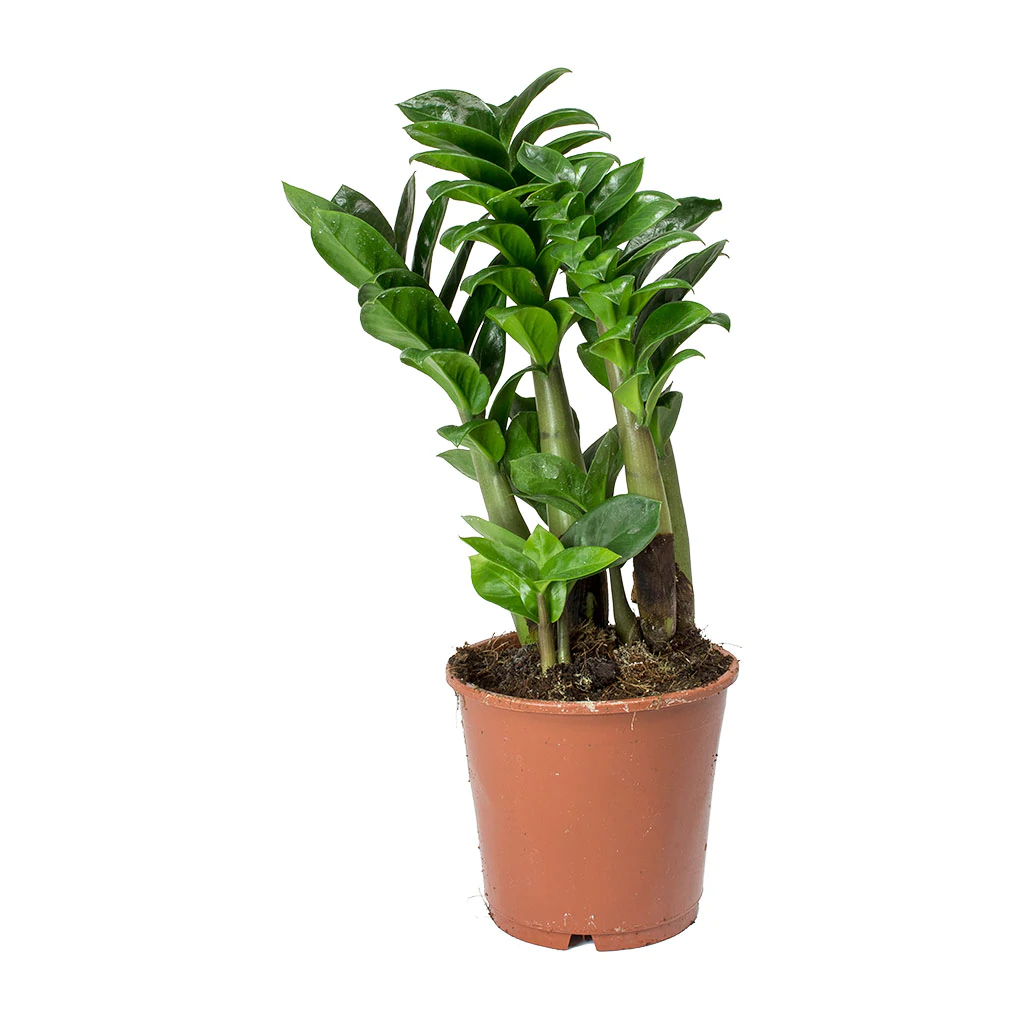
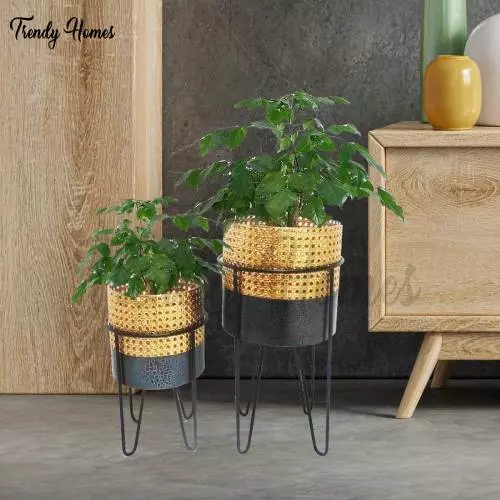
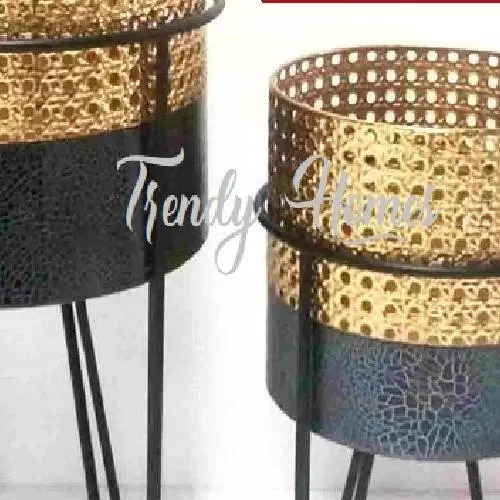
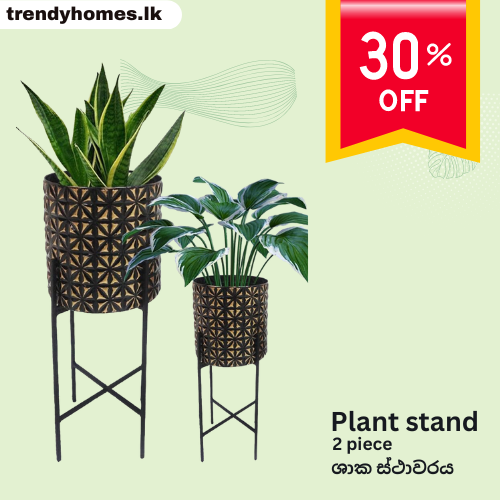
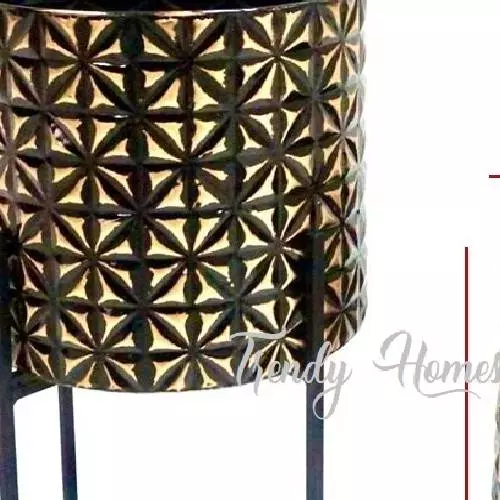
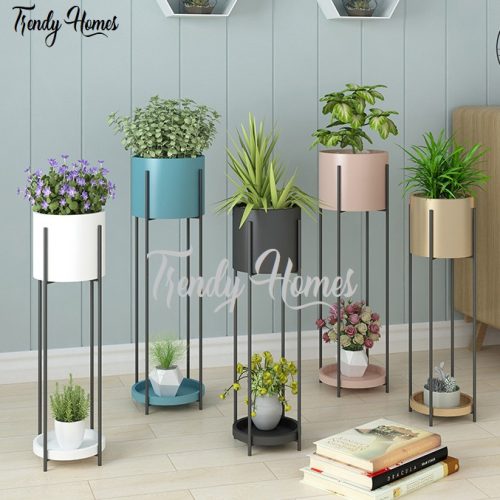

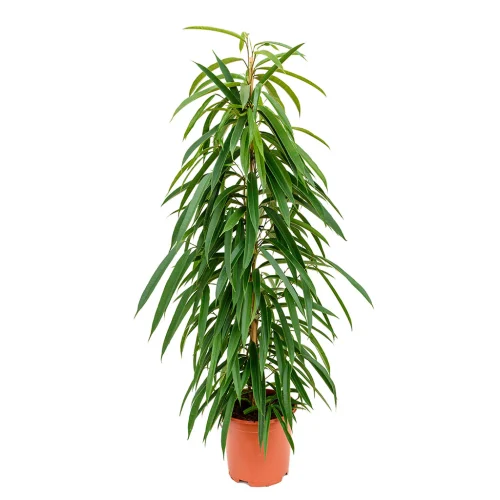
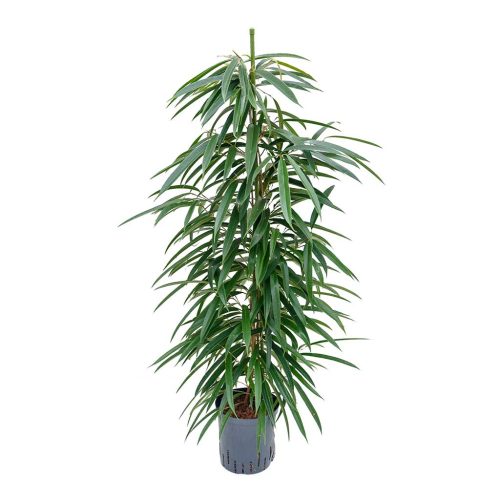
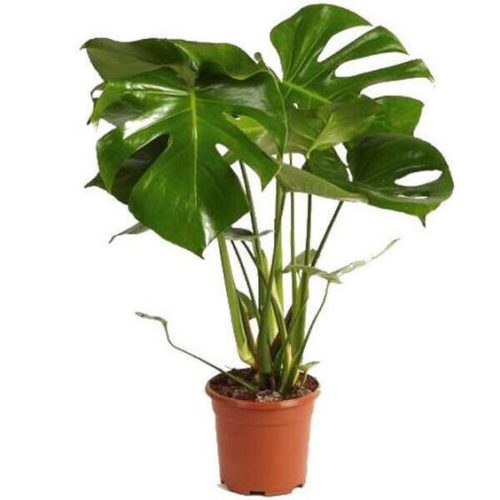
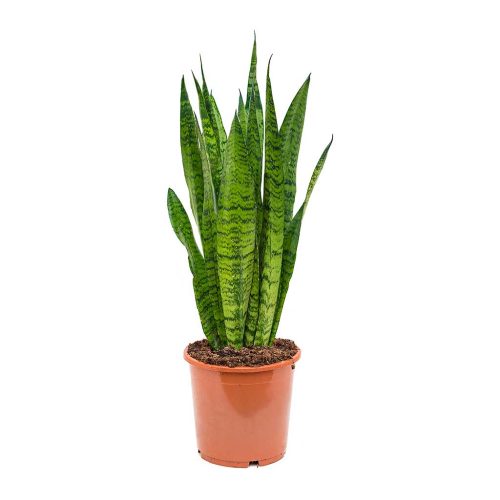
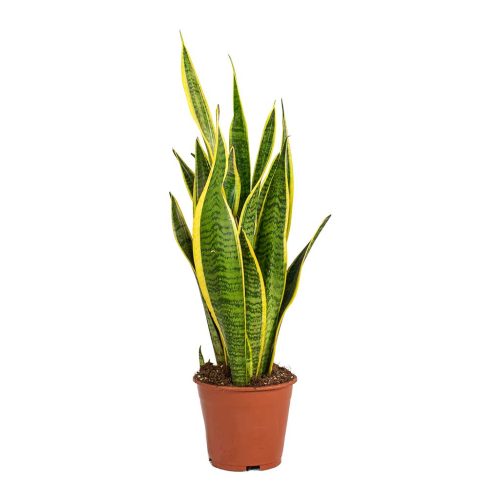
Reviews
There are no reviews yet.